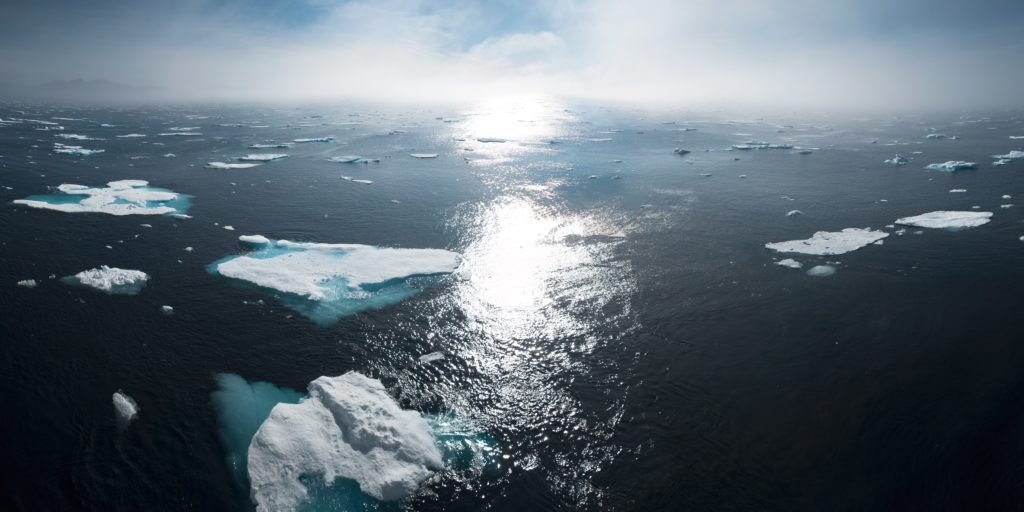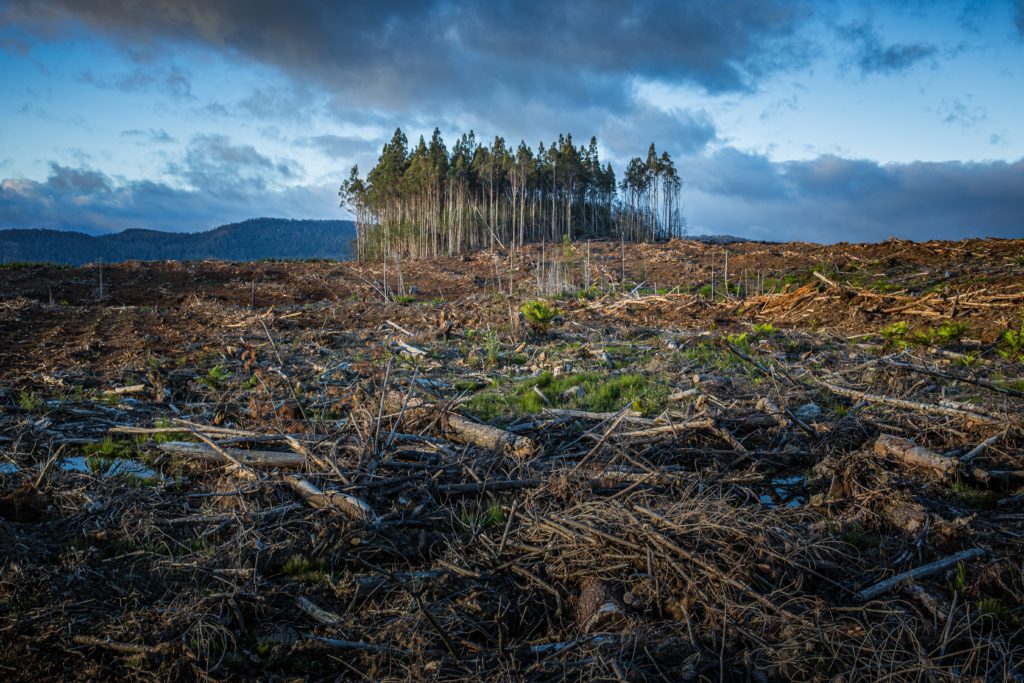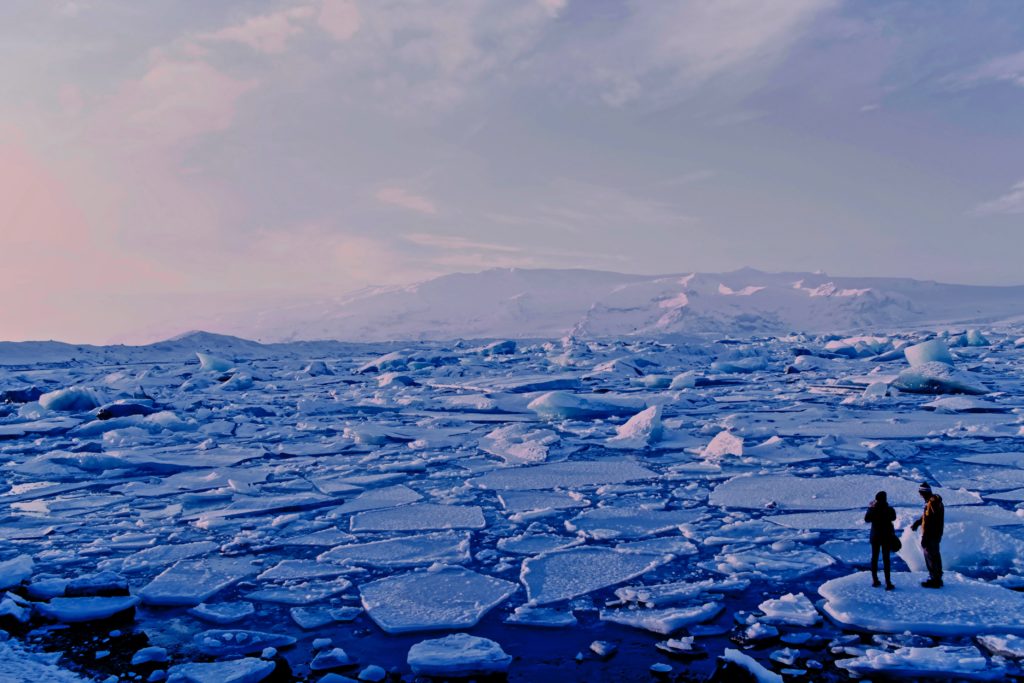The terms “global warming” and “climate change” are often used interchangeably, but they actually refer to two different things. Global warming refers to the rise in global temperatures due mainly to the increasing concentrations of greenhouse gases in the atmosphere. Climate change refers to the increasing changes in the measures of climate over a long period of time – including precipitation, temperature, and wind patterns.
While global warming is responsible for the overall increase in temperatures, climate change is responsible for the more specific changes in weather patterns that we are seeing. For example, warmer temperatures can lead to more extreme weather events like hurricanes and droughts. Climate change can also cause changes in local ecosystems, like shifts in the ranges of plants and animals.
Global Warming
The term global warming was coined in the 1970s to describe the observed increase in global average temperatures. Since then, global temperatures have continued to rise, and today we are seeing the effects of global warming all around us.
The main cause of global warming is the increased emission of greenhouse gases into the atmosphere. Greenhouse gases like carbon dioxide and methane trap heat from the sun’s rays in the Earth’s atmosphere, causing the Earth’s average temperature to rise.
Human activities like burning fossil fuels and clearing forests release large amounts of greenhouse gases into the atmosphere, and this is why global warming is often referred to as anthropogenic (human-caused) climate change.
Climate Change

Climate change refers to any long-term alteration in measures of climate. This could be a change in average weather conditions, or it could be a more extreme weather event that is outside of the norm for that area.
For example, we are seeing an increase in the frequency and intensity of hurricanes in the Atlantic Ocean due to climate change. Warmer ocean waters provide more energy for storms to form and grow, leading to more powerful hurricanes.
Climate change can also cause changes in local ecosystems, like shifts in the ranges of plants and animals. As temperatures warm, many species are moving to new areas where they can find the climatic conditions they need to survive.
Greenhouse Gases
Greenhouse gases like carbon dioxide and methane are important for life on Earth, but too much of these gases in the atmosphere can lead to problems. Carbon dioxide is the most important greenhouse gas, and it is released when we burn fossil fuels like coal and oil. Methane is another important greenhouse gas, and it is produced when organic matter decomposes in the absence of oxygen (this process is called anaerobic digestion).
Both of these gases are present in the Earth’s atmosphere naturally, but human activities have greatly increased their concentrations.The increased emission of greenhouse gases is causing the Earth’s average temperature to rise, leading to global warming. Additionally, the build-up of these gases in the atmosphere is causing changes in the Earth’s climate, leading to climate change.
Fossil Fuels
Fossil fuels like coal and oil are formed from the remains of plants and animals that lived millions of years ago. When we burn fossil fuels, we release carbon dioxide into the atmosphere. Carbon dioxide is a greenhouse gas, and it is responsible for the majority of global warming that we are seeing today.
We rely on fossil fuels for many things in our daily lives, but we need to find ways to use them more efficiently and reduce our reliance on them. One way to do this is to use renewable energy sources like solar and wind power. Additionally, we can planting trees and other vegetation, which help to remove carbon dioxide from the atmosphere.
Carbon Credits
Carbon credits or carbon offsets are crucial tools in the fight against global warming and climate change. They work by allowing businesses and individuals to offset their emissions of greenhouse gases.
For example, if a company emits 1,000 tons of carbon dioxide, they can purchase carbon credits to offset their emissions. These carbon credits go towards projects that help reduce greenhouse gas emissions, like planting trees or investing in renewable energy. Carbon credits are an important way to reduce our collective impact on the environment, and they can help us make progress towards our goals of combating global warming and climate change.
Deforestation

Deforestation is another major contributor to global warming and climate change. When trees are cut down, they no longer have the ability to absorb carbon dioxide from the atmosphere. Additionally, the burning of wood releases carbon dioxide into the atmosphere.
Deforestation and illegal logging is a major problem in tropical areas like the Amazon rainforest. In these regions, trees are being cut down at an alarming rate to make way for agriculture and other land uses. This is contributing to global warming and climate change, and it is also causing problems for local ecosystems.
Tropical deforestation is often caused by cattle ranching, soybean production, and palm oil plantations. To combat this problem, we need to find ways to stop the conversion of natural forest into these land uses.
Rising Sea Levels
Rising sea levels are a direct result of global warming. As the Earth’s atmosphere warms, the oceans expand and sea levels rise. Additionally, melting glaciers and ice caps are adding water to the oceans and causing sea levels to rise even further.
Rising sea levels are a serious problem because they can lead to flooding, displacement of people, and damage to infrastructure. For example, rising sea levels have already begun to cause flooding in coastal areas during high tide and storm surge events. Additionally, as sea levels continue to rise, more and more people will be displaced from their homes as flooding becomes more common.

